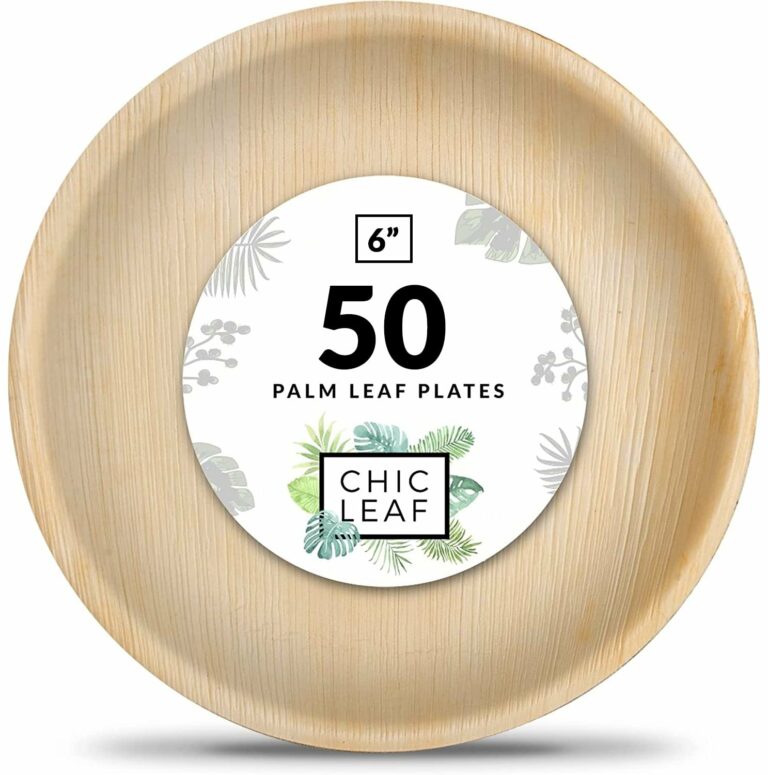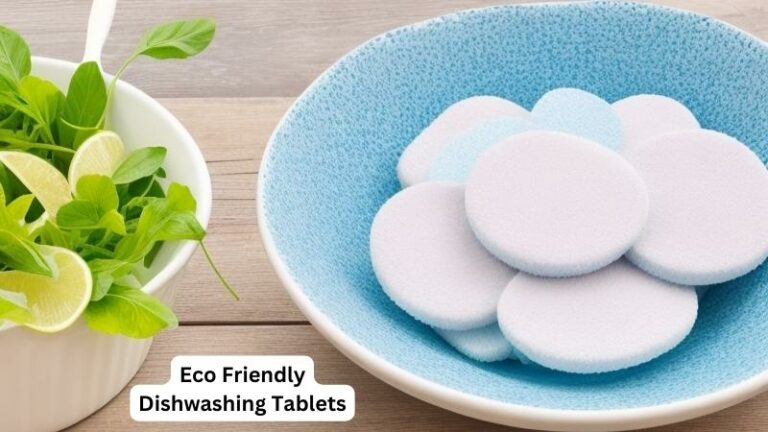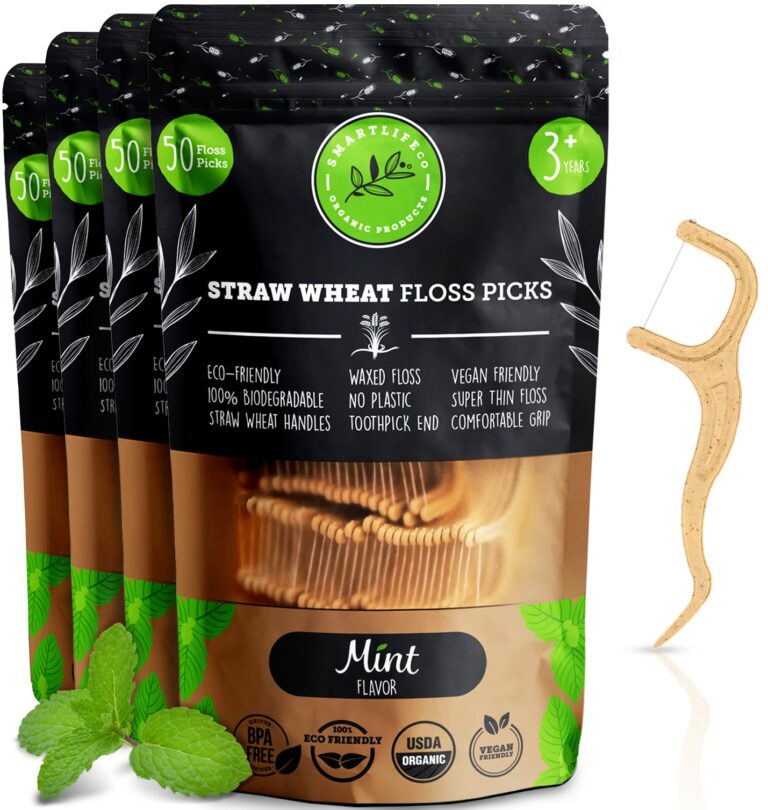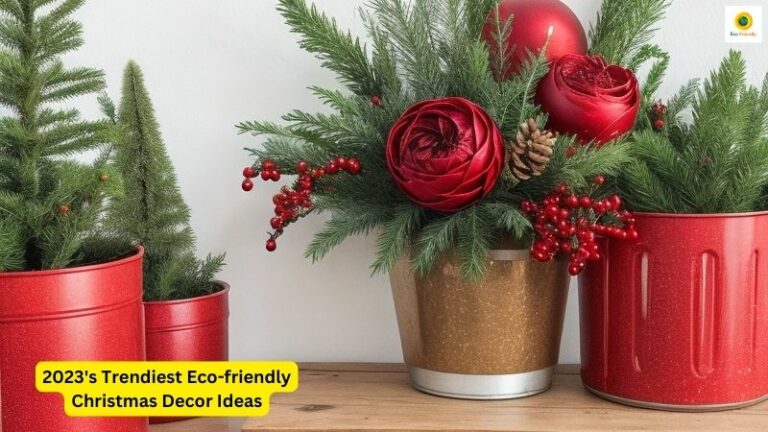Eco-Friendly House
Today we discuss Enviro Friendly House. Imagine waking up in a home that not only provides comfort and security but also helps to preserve the earth’s precious resources. An enviro-friendly house is designed to do just that. From energy-efficient appliances and renewable energy sources to sustainable building materials and water conservation systems, an enviro-friendly house incorporates eco-conscious choices into every aspect of its design and function.
But why should you care about having an enviro-friendly house? Well, apart from reducing your impact on the environment, making your home more sustainable can also lead to cost savings, create a healthier living space, and even increase the value of your property. It’s a win-win situation for both you and the planet!
In the following paragraphs, we’ll explore some practical and easy-to-implement tips on how to transform your house into an enviro-friendly haven. From simple changes like switching to LED light bulbs and composting your kitchen waste to more significant investments such as installing solar panels or rainwater harvesting systems, we’ll provide you with a range of options to suit your budget and lifestyle. So, are you ready to embark on an exciting journey towards an enviro-friendly house? Let’s get started!
Looking to create an eco-friendly home? Follow these steps to make your house more environmentally friendly:
1. Energy-Efficient Lighting: Replace traditional bulbs with LED or CFL lights.
2. Insulation: Improve insulation to reduce heating and cooling energy consumption.
3. Water Conservation: Install low-flow faucets and toilets to conserve water.
4. Solar Power: Consider installing solar panels for renewable energy.
5. Sustainable Materials: Use eco-friendly materials for construction and furniture.
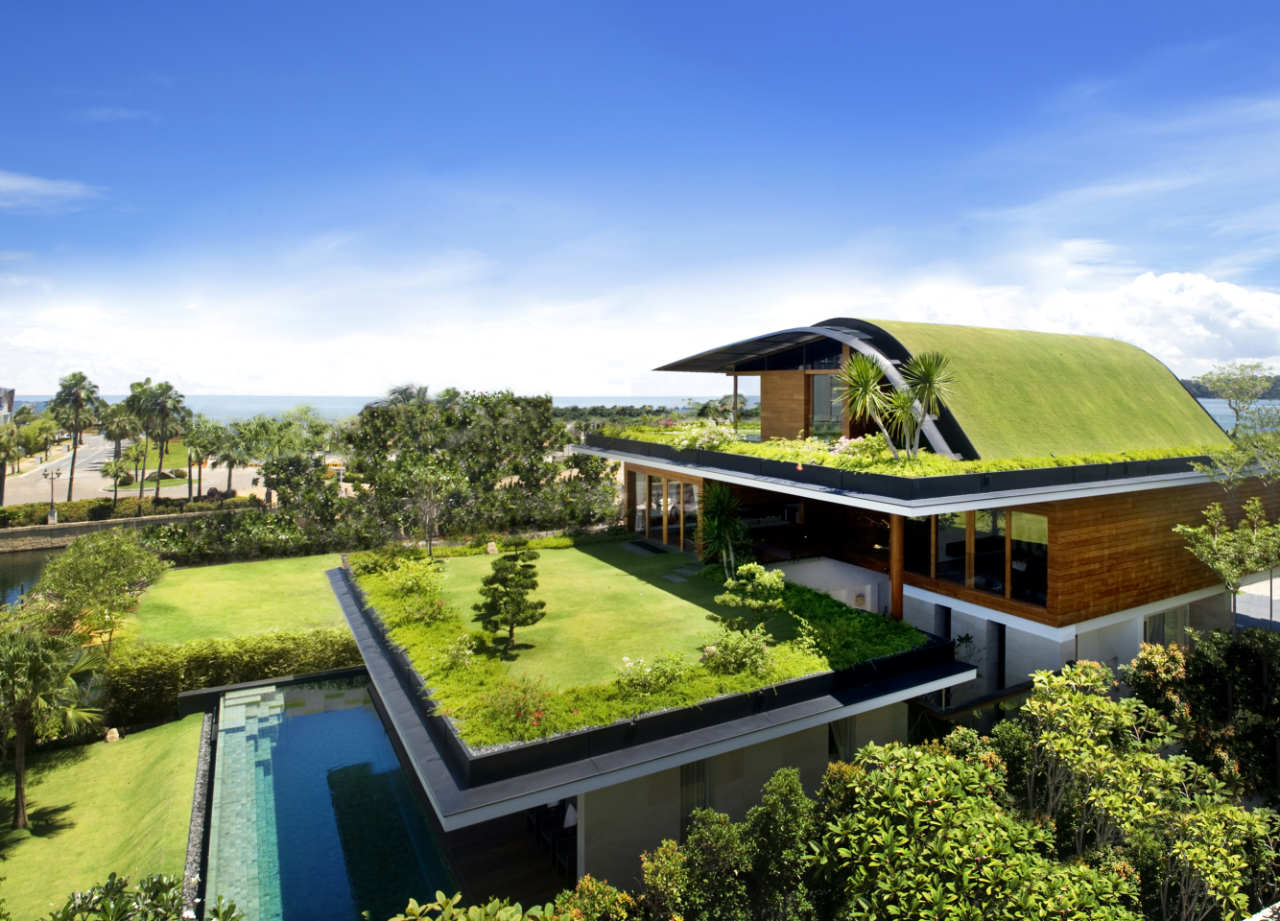 Source: iliketowastemytime.com
Source: iliketowastemytime.com
Eco-Friendly House:
When it comes to creating a home that is both beautiful and sustainable, an eco-friendly house is the way to go. These environmentally conscious homes reduce our carbon footprint, conserve resources, and provide a healthier living environment for occupants. In this article, we will delve into the world of eco-friendly houses and explore their benefits, design elements, and tips for creating your own sustainable living space.
The Benefits of an Eco-Friendly House
1. Energy Efficiency: One of the key benefits of an eco-friendly house is its energy efficiency. These homes are designed with features like proper insulation, energy-efficient appliances, and the use of renewable energy sources such as solar panels. This results in significantly lower energy consumption and reduced utility bills.
2. Environmental Conservation: An eco-friendly house minimizes its impact on the environment by utilizing sustainable building materials, water-saving fixtures, and efficient waste management systems. By reducing the use of non-renewable resources and minimizing waste, these homes contribute to the conservation of our planet.
3. Enhanced Indoor Air Quality: Traditional homes often contain pollutants such as volatile organic compounds (VOCs), which can negatively impact indoor air quality and the health of occupants. In contrast, eco-friendly houses prioritize air circulation and use low or no VOC materials, ensuring a healthier living environment for you and your family.
The Design Elements of an Eco-Friendly House
1. Solar Power: Harnessing the power of the sun is a key design element in an eco-friendly house. Solar panels can be installed on the roof to generate clean and renewable energy, effectively reducing reliance on non-renewable sources.
2. Natural Lighting: Maximizing natural lighting is not only aesthetically pleasing but also reduces the need for artificial lighting during the day. Large windows, skylights, and light wells are design features that bring in ample natural light, creating a bright and welcoming living space.
3. Efficient Insulation: Proper insulation is crucial for maintaining a comfortable indoor temperature year-round. Eco-friendly houses prioritize efficient insulation materials such as straw bales, cellulose, or low-VOC spray foam, which help to reduce heating and cooling costs.
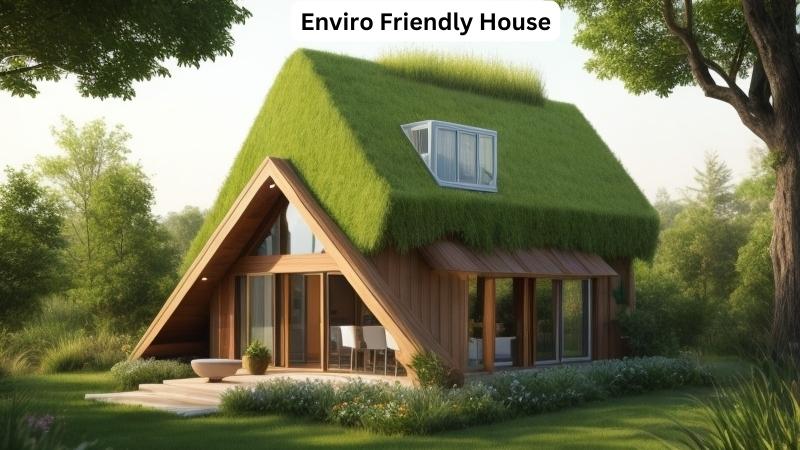
Building Materials: Sustainable Options for Your Eco-Friendly House
1. Bamboo: A highly renewable resource, bamboo is an excellent alternative to traditional woods. It grows rapidly and can be harvested without causing harm to the environment, making it an eco-friendly choice for flooring, furniture, and cabinetry.
2. Recycled Materials: Incorporating recycled materials into the construction of your eco-friendly house is a great way to minimize waste and reduce the demand for new resources. Materials such as reclaimed wood, recycled plastic, and salvaged metal can be used creatively in various aspects of your home’s design.
3. Earth-Friendly Insulation: Conventional insulation materials can be energy-intensive to produce and may contain harmful chemicals. Choose eco-friendly options like cellulose insulation made from recycled paper or natural fibers like wool or hemp, which offer excellent insulation properties with minimal environmental impact.
The Importance of Water Conservation in an Eco-Friendly House
Water conservation is a crucial aspect of eco-friendly living, and an eco-friendly house incorporates various systems and practices to reduce water consumption and promote sustainability.
1. Low-Flow Fixtures: Installing water-efficient fixtures such as low-flow toilets, faucets, and showerheads can significantly reduce water usage without compromising functionality.
2. Rainwater Harvesting: Collecting rainwater for various household uses not only reduces the demand for freshwater but also helps prevent stormwater runoff, which can pollute waterways. Rainwater can be stored in tanks and used for irrigation, toilet flushing, and laundry.
3. Greywater Recycling: Greywater refers to the relatively clean wastewater generated from activities like showering or washing clothes. Installing a greywater recycling system allows you to reuse this water for irrigation, reducing the strain on freshwater resources.
Tips for Creating an Eco-Friendly House
1. Consult with a Sustainable Architect: Working with a sustainable architect who specializes in eco-friendly design is essential for creating a truly green home. They will have the knowledge and expertise to guide you through the design process, ensuring that you achieve your sustainability goals.
2. Prioritize Energy Efficiency: Invest in energy-efficient appliances, LED lighting, and properly insulated windows and doors to optimize your home’s energy performance.
3. Landscaping with Native Plants: Choose native plants for your landscaping as they are well-adapted to the local climate, require less water, and provide habitat for local wildlife.
Creating an Eco-Friendly Home That Reflects Your Values
Your home is a reflection of your values, and creating an eco-friendly house allows you to live in harmony with the environment. By incorporating sustainable design elements, using eco-friendly materials, and practicing water and energy conservation, you can make a significant positive impact on the planet while enjoying a comfortable and stylish home.
Key Takeaways:
- An environmentally friendly house focuses on reducing its environmental impact.
- Using sustainable building materials is key to an eco-friendly home.
- Energy-efficient appliances help reduce electricity consumption.
- Installing solar panels can generate clean and renewable energy.
- Implementing proper insulation can minimize the need for heating and cooling.
Faqs for Enviro Friendly House:
Making your house more environmentally friendly is easier than you may think! Start by improving insulation to reduce energy consumption, use energy-efficient appliances, and install low-flow fixtures to conserve water.
Additionally, consider installing solar panels to generate renewable energy and opt for eco-friendly building materials, such as bamboo or reclaimed wood. Recycling and composting can further reduce waste and promote sustainability.
Implementing small changes, like using energy-efficient light bulbs, reducing water usage, and responsibly managing waste, can collectively make a big impact on the environment. Don’t worry if you can’t do everything at once – every step towards a greener home counts!
Having an environmentally friendly house offers numerous benefits. Firstly, it helps reduce greenhouse gas emissions, minimizing the negative impact on climate change. By consuming less energy and water, you’ll also save on utility bills, translating into long-term cost savings.
Creating an eco-conscious home promotes healthier indoor air quality, as environmentally friendly materials and ventilation systems reduce pollutants.
Additionally, incorporating natural light and green spaces can have a positive impact on your well-being. By setting an example, you’ll inspire others to adopt sustainable practices, creating a ripple effect that benefits the wider environment and community.
Yes, there are several government incentives and programs available to encourage eco-friendly home improvements. These incentives differ by region and may include tax credits, rebates, or grants for installing solar panels, buying energy-efficient appliances, or upgrading insulation.
Many governments also offer financing options, such as low-interest loans, to support environmentally friendly initiatives. To learn about specific incentives in your area, it’s best to check with your local government or visit official websites dedicated to energy-efficient or sustainable home improvements.
Absolutely! You can make an existing home more environmentally friendly through various upgrades and renovations. Start by conducting an energy audit to identify areas for improvement, such as insulation or sealing air leaks. Replace old appliances with energy-efficient models, install low-flow fixtures in bathrooms and kitchens, and switch to LED light bulbs.
Consider retrofitting your home with solar panels and implementing a rainwater harvesting system. You can also enhance energy efficiency by upgrading windows and doors and adding insulation to roofs and walls. With these modifications, your current home can become more eco-friendly and sustainable, reducing your carbon footprint.
Incorporating renewable energy sources into your eco-friendly house is an excellent way to reduce your reliance on non-renewable energy. The most common method is installing solar panels on your roof to harness the power of the sun and generate electricity.
Wind turbines are another option, although they are more suitable for rural properties due to space requirements. Additionally, you can explore geothermal energy systems that tap into the Earth’s natural heat for heating and cooling your home. When considering renewable energy, researching local regulations and consulting with professionals will help you determine the best solution for your specific needs and location.

Source: homestratosphere.com
Summary
So, that’s it! We’ve learned about enviro friendly houses and why they are important. These houses help protect the environment by using renewable energy sources like solar power. They also save energy by using energy-efficient appliances and insulation. Enviro friendly houses reduce waste and pollution, and promote a healthier lifestyle. So, if you want to make a positive impact on the planet, consider building or living in an enviro friendly house! You’ll be helping to create a greener and more sustainable future for all.
